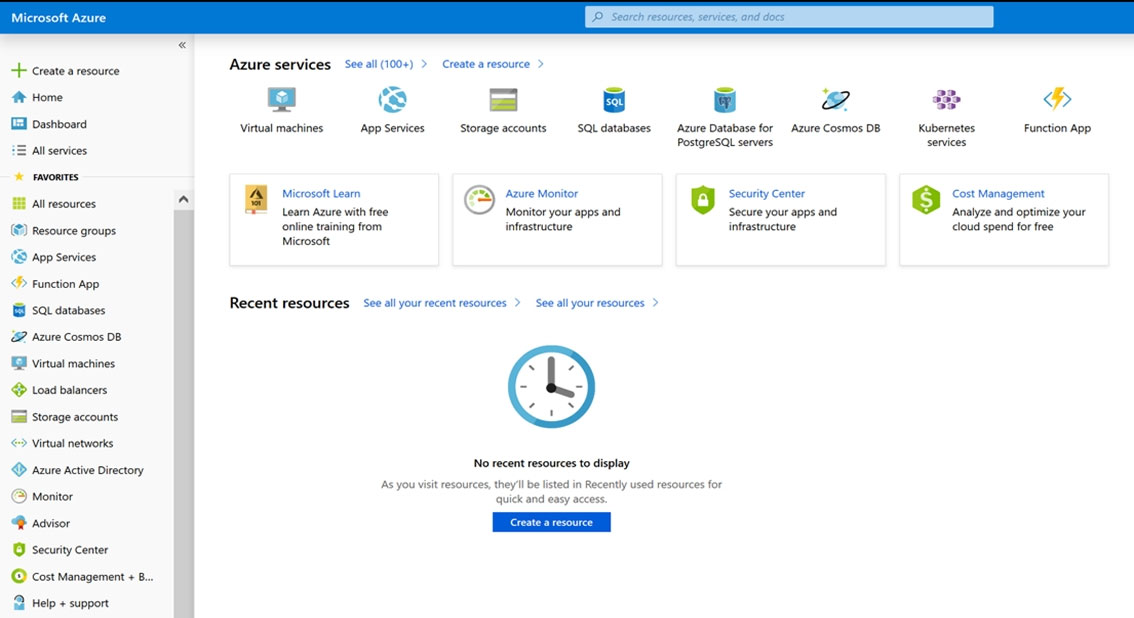

SIMULATION -
Please wait while the virtual machine loads. Once loaded, you may proceed to the lab section. This may take a few minutes, and the wait time will not be deducted from your overall test time.
When the Next button is available, click it to access the lab section. In this section, you will perform a set of tasks in a live environment. While most functionality will be available to you as it would be in a live environment, some functionality (e.g, copy and paste, ability to navigate to external websites) will not be possible by design.
Scoring is based on the outcome of performing the tasks stated in the lab. In other words, it doesn't matter how you accomplish the task, if you successfully perform it, you will earn credit for that task.
Labs are not timed separately, and this exam may have more than one lab that you must complete. You can use as much time as you would like to complete each lab. But, you should manage your time appropriately to ensure that you are able to complete the lab(s) and all other sections of the exam in the time provided.
Please note that once you submit your work by clicking the Next button within a lab, you will NOT be able to return to the lab.
You may now click next to proceed to the lab.

You need to deploy an Azure virtual machine named VM1004a based on an Ubuntu Server image, and then configure VM1004a to meet the following requirements:
✑ The virtual machine must contain data disks that can store at least 15 TB of data.
✑ The data disks must be able to provide at least 2.000 IOPS.
✑ Storage costs must be minimized.
What should you do from the Azure portal?
BobRofl
Highly Voted 5 years, 3 months agoarcanjo
5 years, 3 months agofransbj
5 years, 2 months agoFrancisFerreira
5 years, 2 months agobingomutant
5 years agobellapupa
Highly Voted 5 years, 3 months ago1337Troll
5 years, 2 months agopraveen97
4 years, 11 months agoShivaUdari
Most Recent 3 years, 5 months agoJBinuya
4 years, 4 months agofinolweb
4 years, 5 months agoTinyTrexArmz
4 years, 10 months agonfett
4 years, 11 months agoSitender
4 years, 12 months agopaulosrsf
4 years, 11 months agomacco455
4 years, 12 months agoexammood15
4 years, 12 months agonfett
5 years agobingomutant
5 years agonfett
5 years agoasdfgh1234567
5 years, 1 month agoMedRaito
5 years, 1 month agoSheru
5 years, 1 month agoAzzz2
5 years, 3 months ago